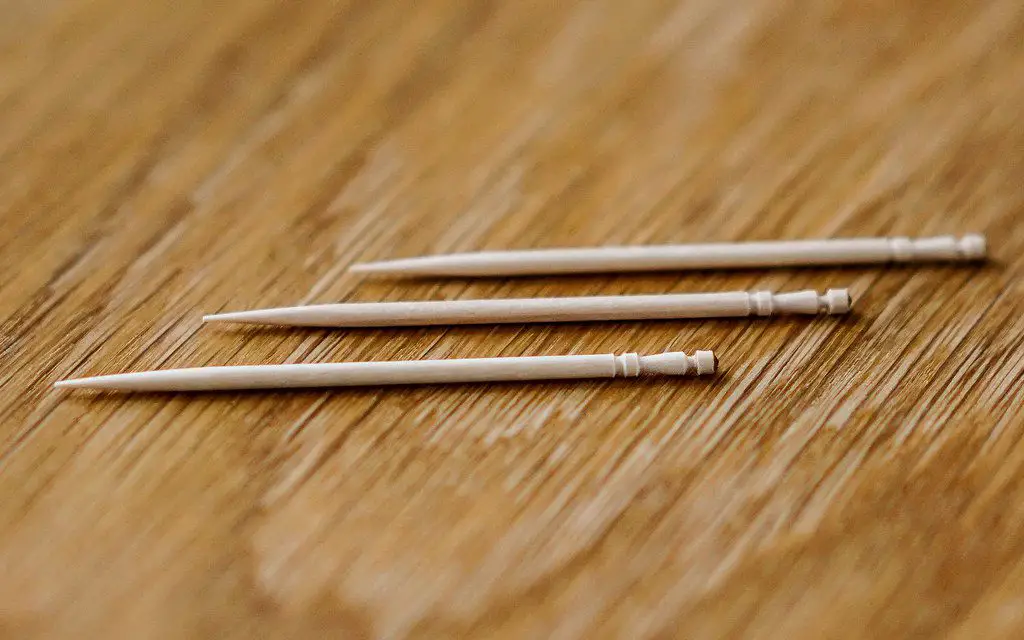Japanese toothpicks producer has exposed the truth about toothpicks. Are they meant to be used to identify used toothpicks?
A toothpick is an extremely useful tool. In addition to flossing, they can be used for a variety of non-food purposes, including as cleaning small, hard-to-reach nooks…

They are frequently included in packets of disposable chopsticks provided at convenience stores and most establishments that sell bento boxes in Japan.
Another feature of Japanese toothpicks is that they frequently have a groove at the end of the toothpick. Although high-end, handmade toothpicks do not have grooves, almost all mass-produced toothpicks made in Japan do.
Have you ever pondered the purpose of those grooves? Many individuals, both in Japan and elsewhere, break the tip of a Japanese toothpick to indicate that they are finished, or use the broken part as a support to keep the used tip from touching the table. Because so many individuals are doing this, others will assume that this is the manufacturer’s purpose.
However, the person in charge of Japanese toothpick manufacturer “菊水産業株式会社” Kikusui Sangyo Corporation” (@kikusui sangyo) felt the need to clarify the matter: “When I tell people that I am in the business of manufacturing toothpicks, about 95% of people ask, “Is it correct to break the tips of toothpicks and use them as toothpick holders? However, the response is incorrect.

It is worth noting that Kikusui Sangyo Corporation’s response of “wrong” indicates that the manufacturer’s original aim is not what consumers are using. People can, however, continue to do whatever they want as they see fit.
So, what is the correct response to the emergence of these grooves?
Grooving on toothpicks dates back to the 1950s in Japan. At the time, manufacturers began with thin white birch shafts twice the length of finished toothpicks, shaving them thin on both heads, and then cutting them in the center to form two toothpicks. This procedure, however, frequently causes the cutting surface to tear and readily fracture, resulting in broken toothpicks.
They came up with the idea of polishing the ends with a high-speed rotary grinder to remedy this difficulty. However, this has the disadvantage of causing the toothpick to burn and turn black due to high-speed friction.

Manufacturers are concerned that this may make toothpicks appear unclean and unsellable. When they were seeking for a solution, one of them suggested comparing the toothpicks to a Kokeshi – 小芥子, a traditional wooden doll.

Their plan is to transform the negative image into a black-headed kokeshi doll. They constructed a grooved prototype with a grinder with an uneven notched surface, and the design was approved. Since then, these toothpicks have been widely utilized, resulting to the design that is still employed by the majority of Japanese manufacturers today.



